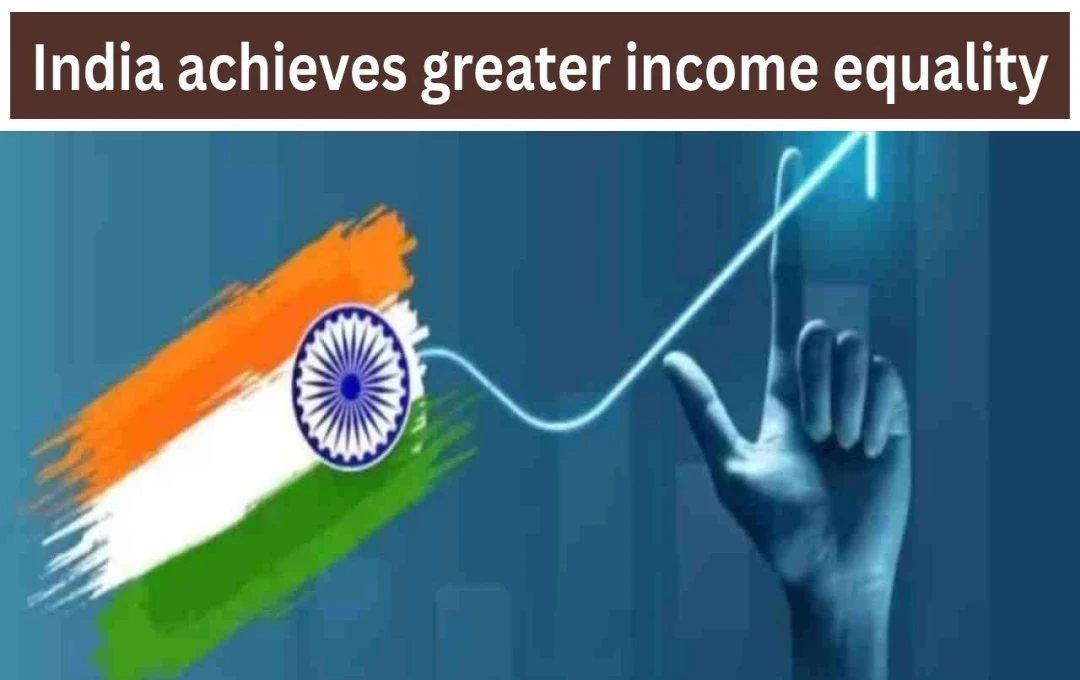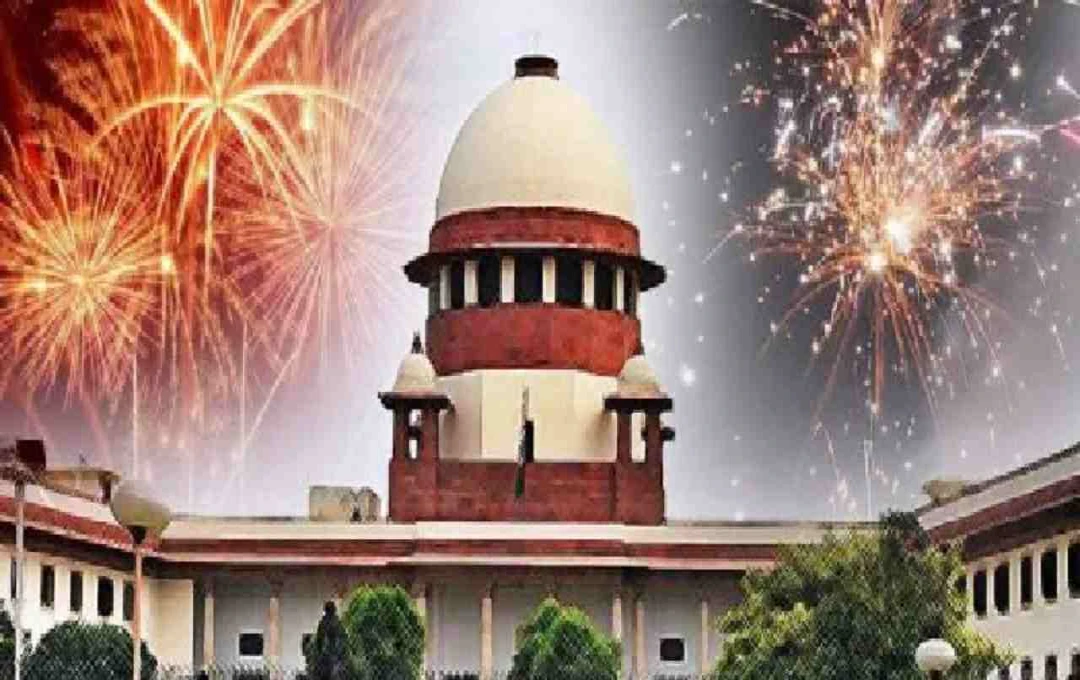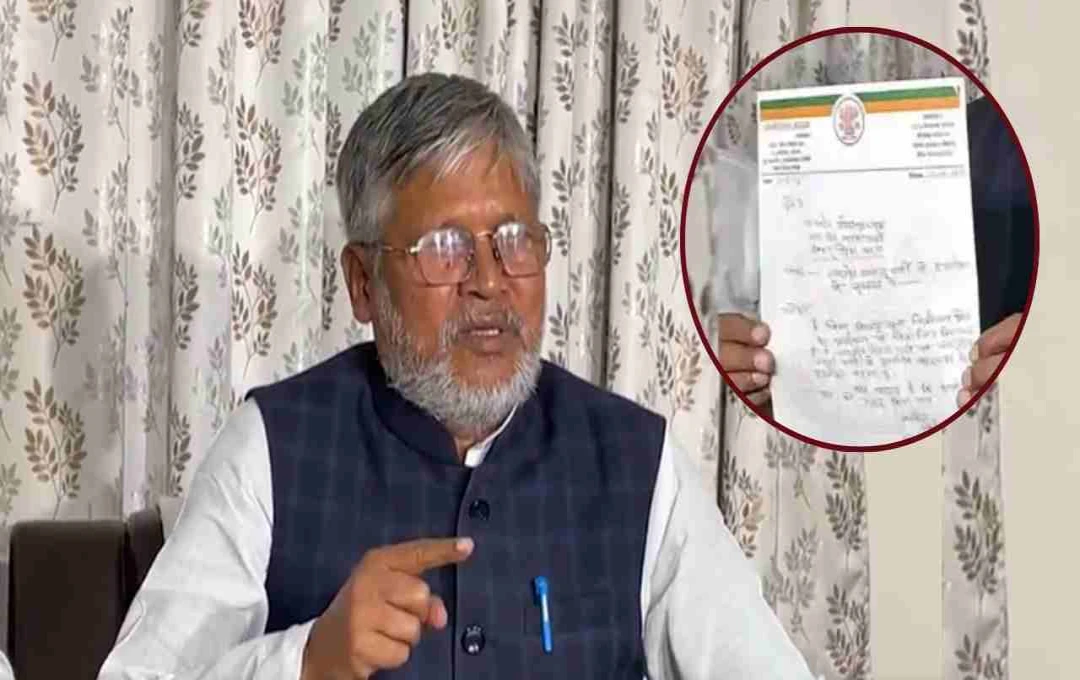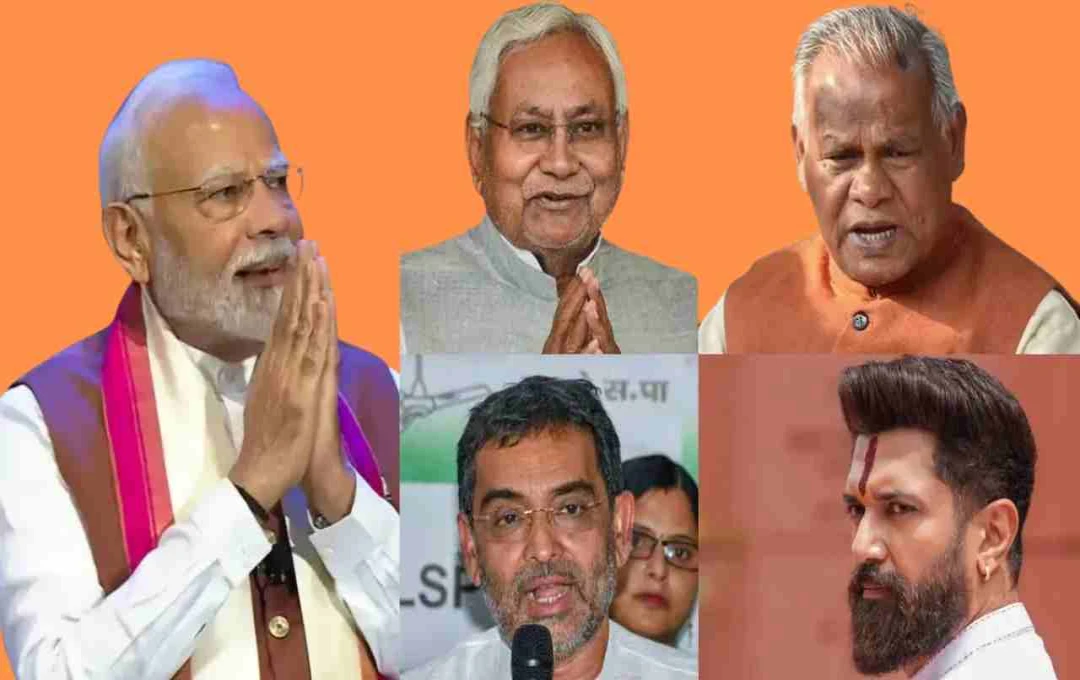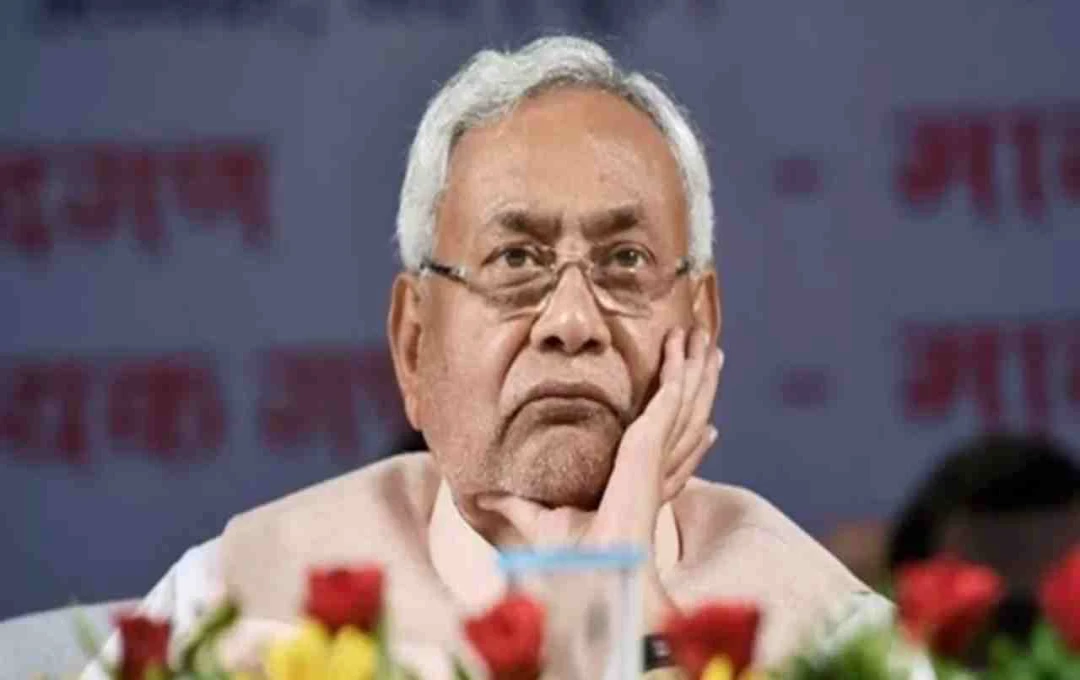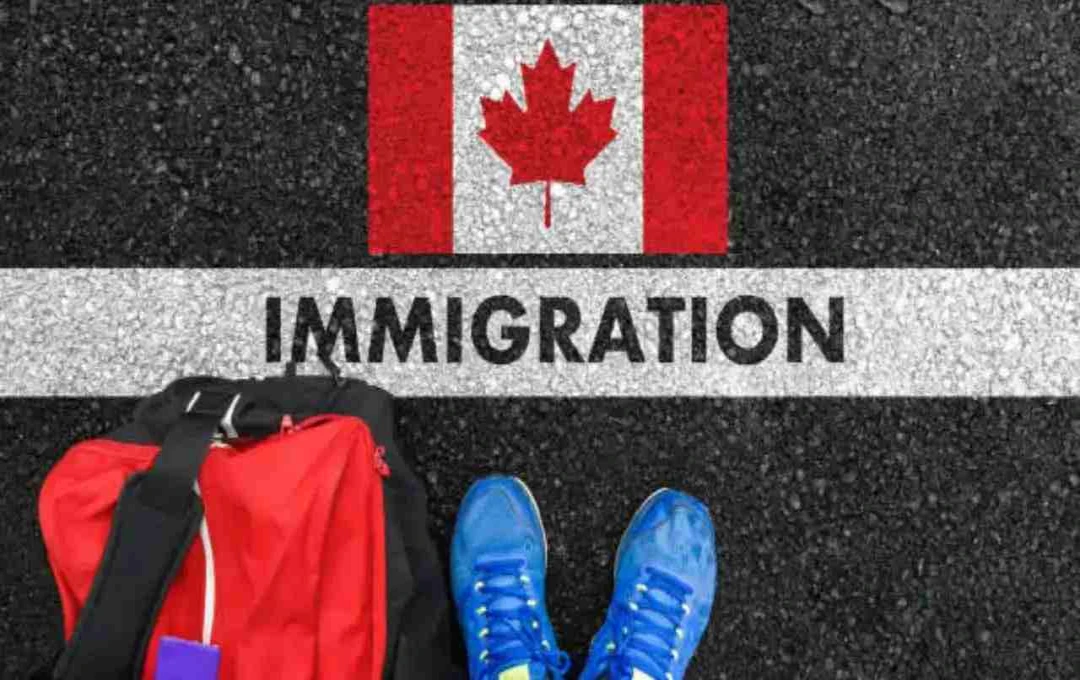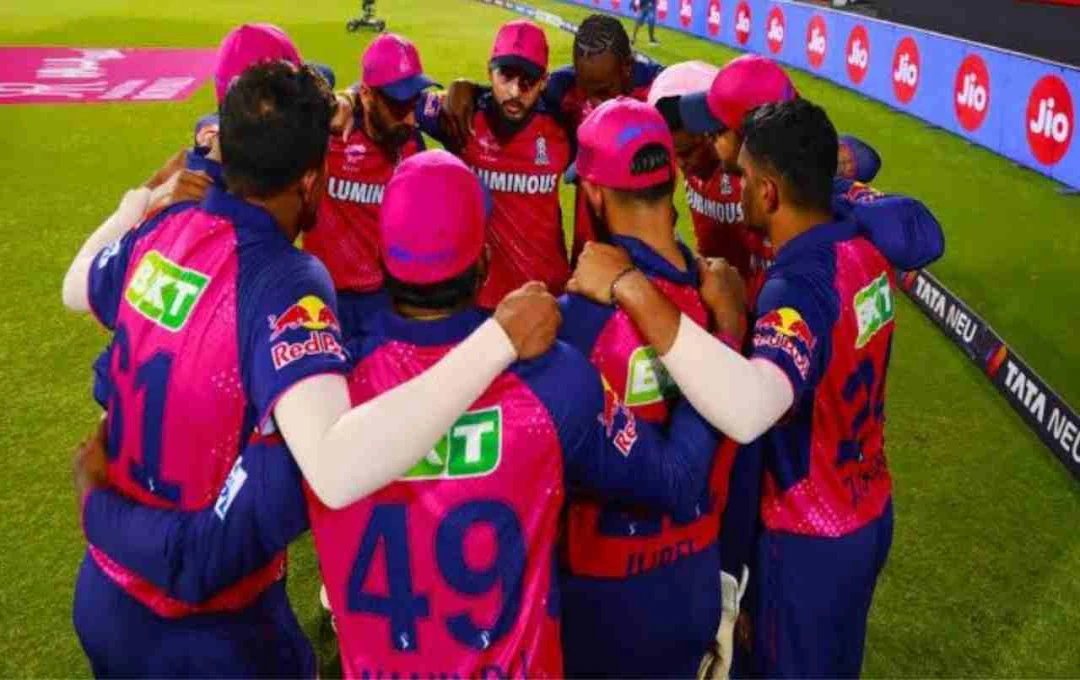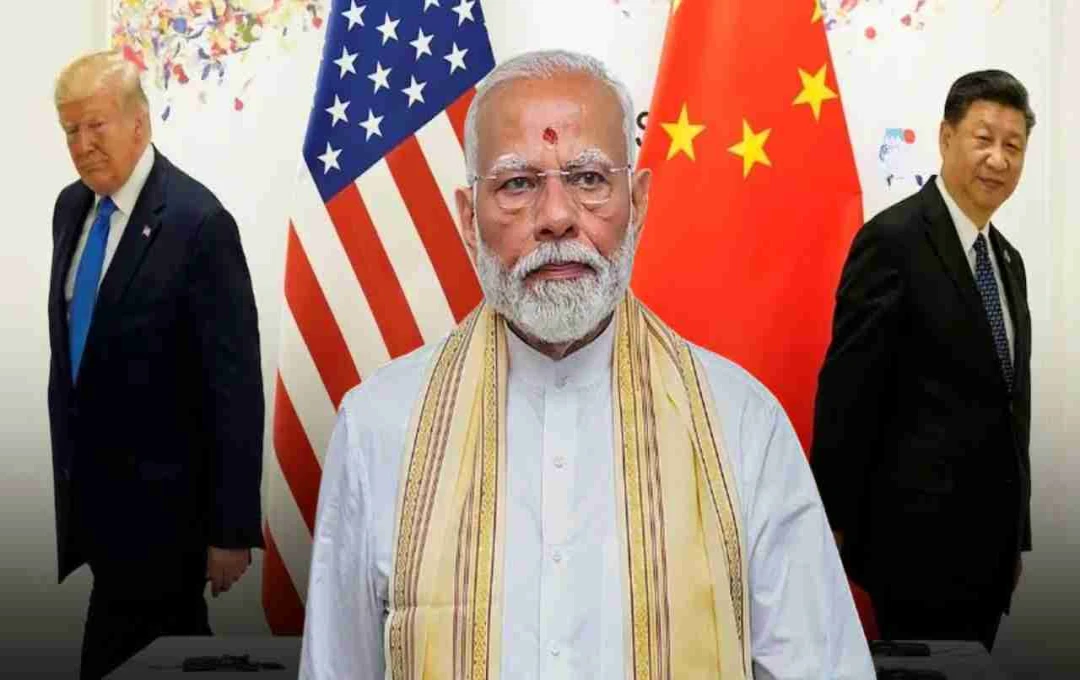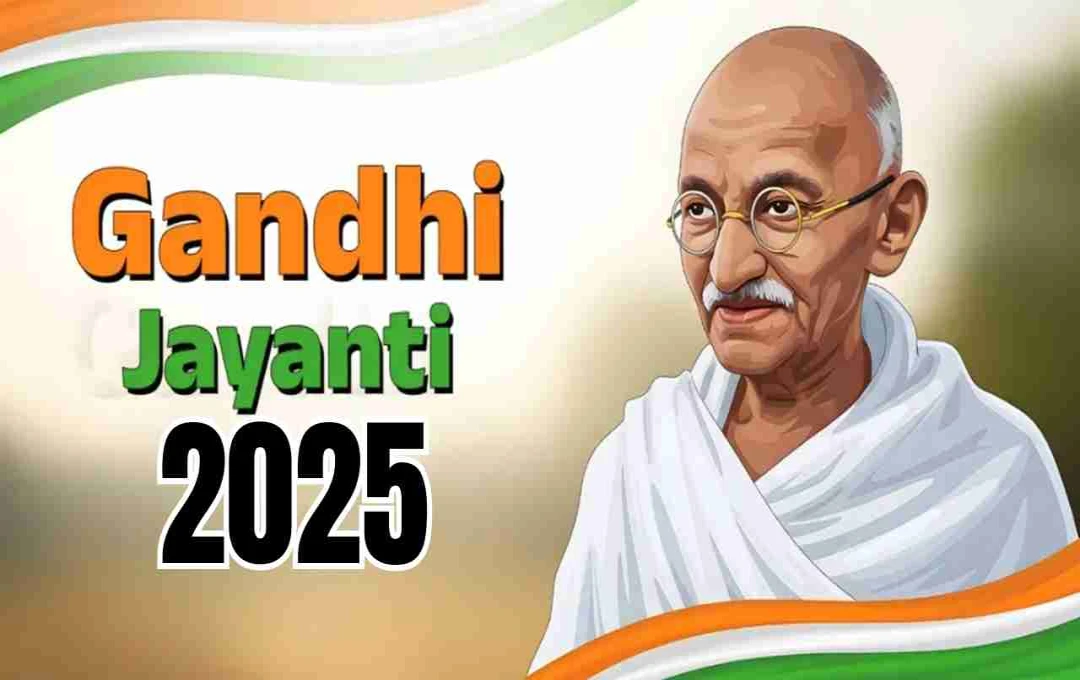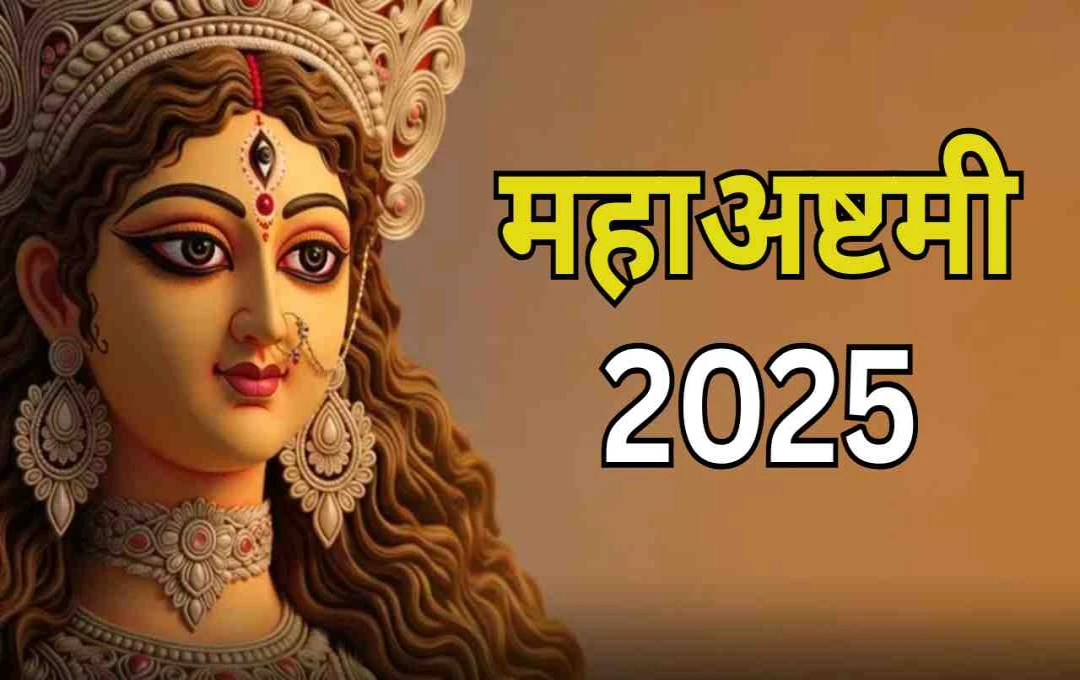India has become the fourth most equal country in the world, as confirmed by the latest data released by the World Bank. The report indicates a significant reduction in income inequality and extreme poverty in India between 2011-12 and 2022-23.
New Delhi: India has once again proven its socio-economic progress on the global stage. According to a new World Bank report, India has become the fourth most income-equal country in the world. India has achieved this feat due to improvements in income distribution and a significant decline in extreme poverty. In this regard, India has also surpassed countries like the United States, the United Kingdom, and China.
India's score in the Gini Index, released by the World Bank, is recorded at 25.5, which was 28.8 in 2011-12. This means that the distribution of income in India has become more equal than before. In this index, a score of 0 represents complete equality, while a score of 100 indicates maximum inequality. The report also states that the extreme poverty rate in India was 16.2 percent in 2011-12, which has now reduced to only 2.3 percent in 2022-23. During this period, nearly 171 million people have come out of the poverty line, which in itself can be considered a historic change.
Better than which countries, and behind which?
In the Gini Index, India is ranked behind countries like the Slovak Republic (24.1), Slovenia (24.3), and Belarus (24.4), which are considered to be at the forefront of equality. But India is in a much better position compared to developed countries like the United States (41.8), China (35.7), and the United Kingdom (34.2). According to experts, the impact of government schemes and social security programs in India is now clearly visible. The Pradhan Mantri Jan Dhan Yojana, Direct Benefit Transfer, Ujjwala Yojana, and various rural development initiatives have provided relief to the poor and low-income groups.
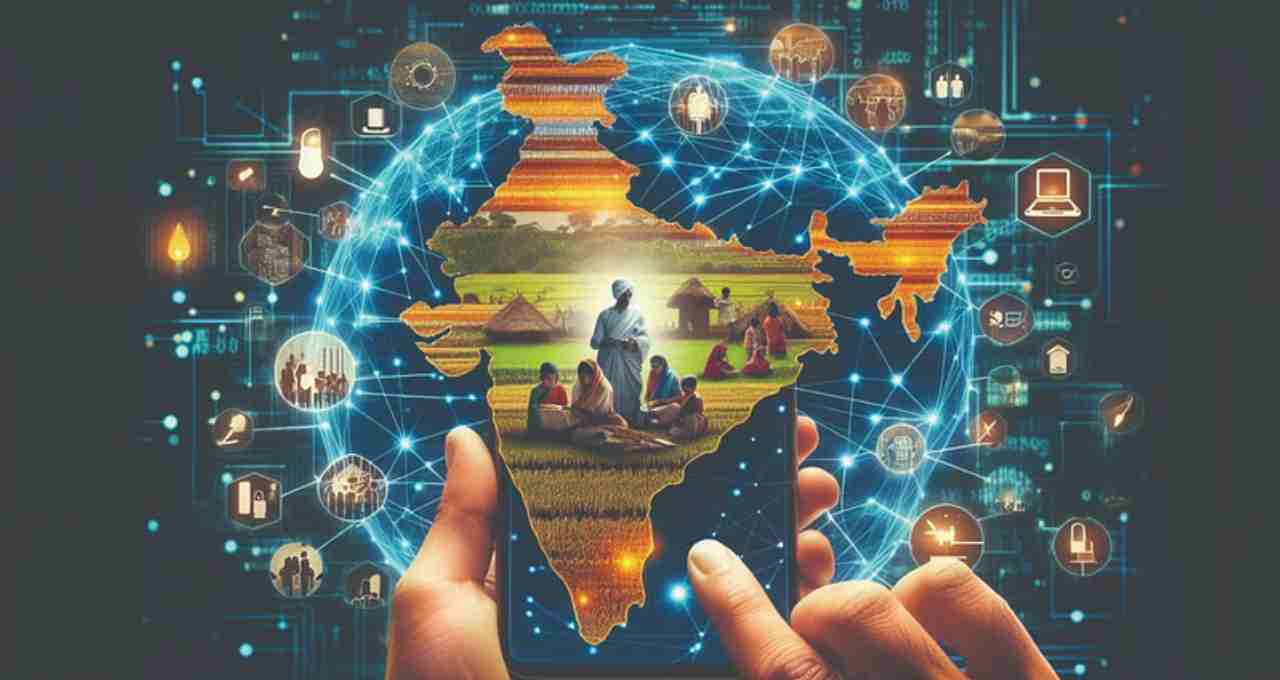
Significant decline in rural and urban poverty
According to the report, rural poverty was 18.4 percent in 2011-12, which decreased to only 2.8 percent in 2022-23. At the same time, urban poverty fell from 10.7 percent to 1.1 percent. The most significant thing was that the difference between rural and urban poverty also decreased, which was 7.7 percent earlier, and has now come down to 1.7 percent.
Five states – Uttar Pradesh, Maharashtra, Bihar, West Bengal, and Madhya Pradesh – have contributed the most to the reduction in poverty. Earlier, 65% of the country's extremely poor population lived in these states, but now there has been a significant decline in poverty there as well. However, 54 percent of the extremely poor population still lives in these states, which will remain a challenge in the coming years.
Challenges remain for women and youth
While the report has positive indications regarding poverty and equality, several challenges have also been highlighted.
- Only 23% of non-agricultural paid jobs in India are formal.
- Most employment in the agricultural sector remains informal.
- The female employment rate is 31%, and 234 million more men are in paid jobs compared to women.
- The unemployment rate among youth is 13.3% and among highly educated youth it is up to 29%.
In addition, after the Corona pandemic, employment has improved in urban areas, but female labor force participation still remains limited. The migration of men from rural areas towards urban areas is also becoming a socio-economic challenge.
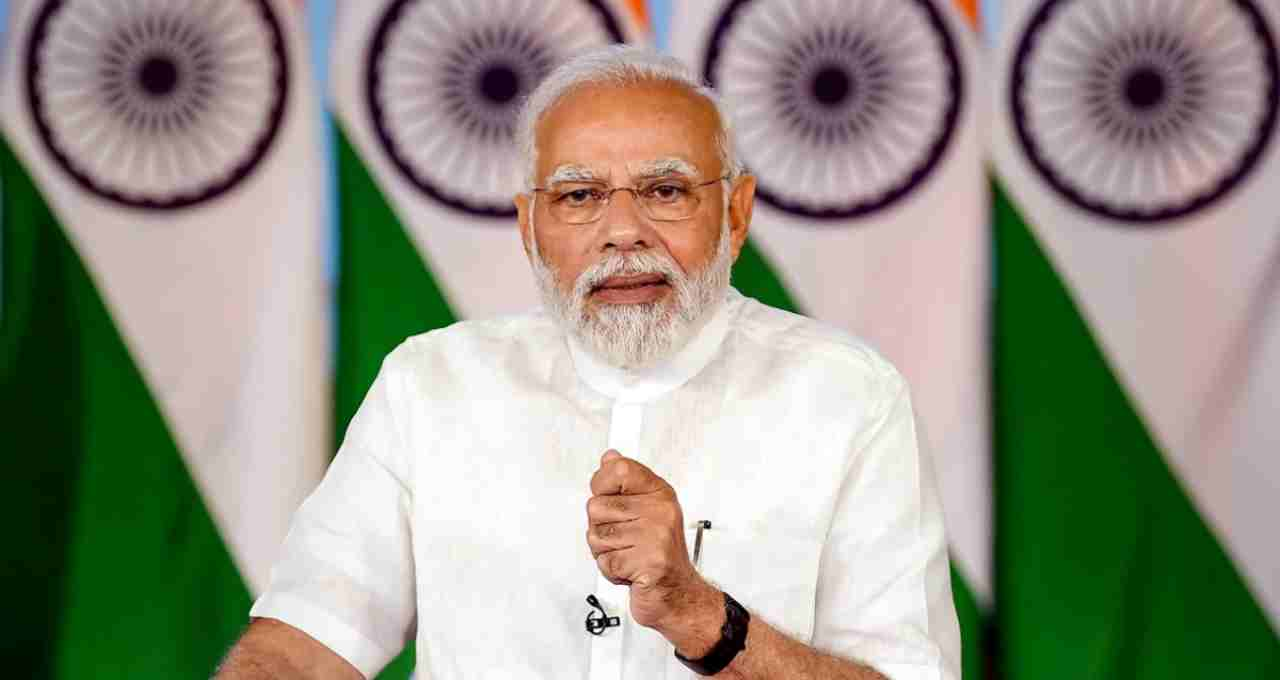
What does India's achievement mean?
The World Bank report indicates that India is now moving beyond a lower-middle-income economy to become an emerging middle-income economy. In the last decade, 378 million people have come out of the poverty line, which is a major achievement for India globally. It also indicates that if more attention is given to job creation, women empowerment, and education in the next few years, India can also secure a place among the top three countries in terms of equality.
The report states that urban unemployment has decreased to 6.6% after 2022-23, which is the lowest level since 2017-18. This indicates that India's economy is gradually getting ber.
